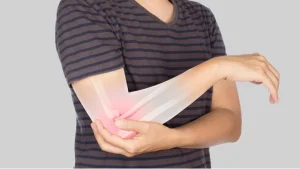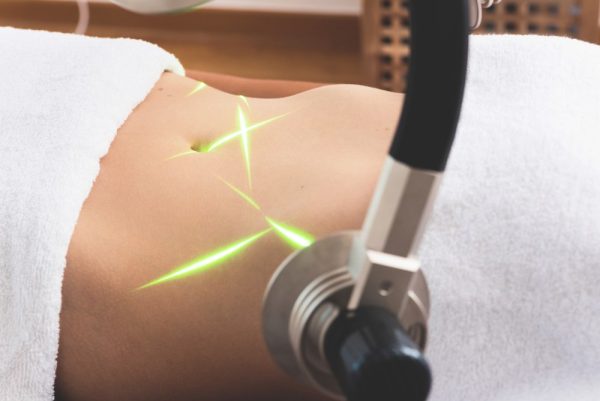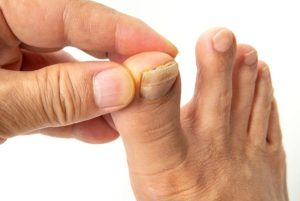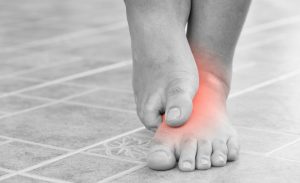

Cerebrovascular accidents, commonly known as strokes, are serious medical emergencies that occur when blood supply to the brain is disrupted. They can lead to significant neurological damage and, in some cases, even be fatal. However, advancements in medical technology have opened up new avenues for treatment. One such promising modality is low-level laser treatment (LLLT). In this blog, we will delve into the fascinating world of cerebrovascular accidents and explore the potential of LLLT in aiding stroke recovery.
Cerebrovascular accidents occur due to a blockage or rupture of blood vessels in the brain, resulting in the deprivation of oxygen and vital nutrients. There are broadly two types of strokes: ischemic strokes, which are caused by a clot blocking a blood vessel, and hemorrhagic strokes, which occur when a blood vessel ruptures. Both types can cause severe damage to brain tissue, leading to various physical and cognitive impairments.
Low-level laser treatment, also known as cold laser therapy, involves the use of low-power lasers or light-emitting diodes (LEDs) to stimulate cellular functions and promote tissue healing. While LLLT is commonly used in the field of physical therapy to treat musculoskeletal conditions, recent research suggests its potential applications in stroke rehabilitation.
Studies have shown that LLLT may have neuroprotective effects following a stroke. By targeting damaged brain tissue, LLLT can enhance cellular metabolism, reduce inflammation, and promote neuronal regeneration. These effects contribute to the preservation of brain function and potentially aid in stroke recovery.
One of the most debilitating consequences of a stroke is the impairment of motor function and mobility. LLLT has shown promise in improving these areas. By stimulating muscle tissue, LLLT may enhance muscle strength, coordination, and control. This can help stroke survivors regain their independence and improve their overall quality of life.
Aside from physical impairments, strokes can also impact cognitive functions such as memory, attention, and language skills. LLLT has been explored as a potential therapy for cognitive rehabilitation. Preliminary evidence suggests that LLLT may stimulate neuroplasticity, the brain’s ability to reorganize and form new connections, leading to improvements in cognitive function post-stroke.
While the potential of LLLT in stroke rehabilitation is exciting, several challenges remain. Further research is needed to establish optimal treatment parameters, including dosage, duration, and frequency of LLLT sessions. Additionally, large-scale clinical trials are required to validate its efficacy and safety.
Cerebrovascular accidents are life-altering events with long-lasting effects on individuals and their families. However, through ongoing advancements in medical technology, there is hope for improved stroke rehabilitation. Low-level laser treatment shows promise in promoting neuroplasticity, enhancing motor function, and aiding cognitive recovery. As research continues, we may see LLLT playing an increasingly significant role in the multidisciplinary approach to stroke rehabilitation, offering stroke survivors a chance at improved quality of life and functional recovery.






Stay informed on the newest treatments, technology, and exclusive offers. Subscribe to Ohr Medical’s newsletter with your email address and receive periodic updates without interruption.